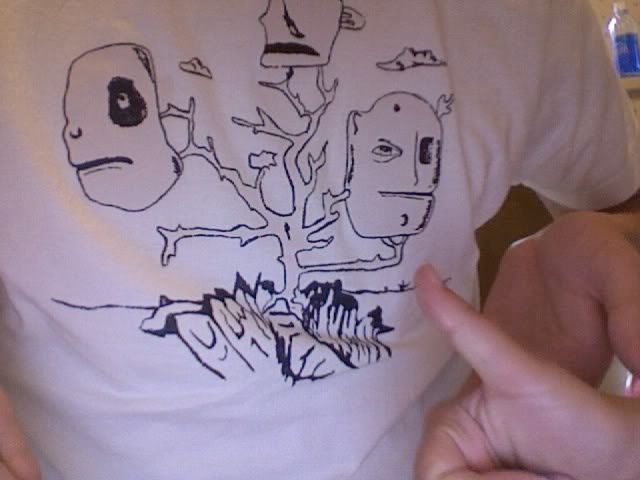Okay, more about The Mathematics of Poker.
After mentioning the situations I mentioned in my last post, Chen/Ankenman mention check-raising. Because of their fold equity, weak draws gain from check-raising and can even go from -EV (if the CR wasn't available) to +EV. Now if you just CRed with weak draws, you'd be incredibly exploitable. Fortunately, there are two other types of hands you'll want to (occasionally) CR with. One is big hands; the reason for this is simple-- pot building. As players like Gavin Smith are famous for saying, you want to play big pots with big hands and although is statement encourages very exploitable play, the point here is that when you have a strong hand and you can build a big pot by check-raising, do it. The next type of hand in this range is the strong draw (i.e., open-ended straight flush draw). The reason for this is if you get reraised, you can just jam, as drawing hands always benefit from getting the money in early anyway (and very often you'll be a favorite in the hand).
So, according to the authors, check-raising with some weak draws, some strong hands and strong draws gives one a balanced strategy in this situation.
This leaves some medium strength hands, some strong hands and some weak draws to check-call with. This group of hands is also balanced because due to the strong hands in the mix, your opponent can't exploit you by increasing or decreasing his betting frequency.
Now it's time to look at bet-sizing and how it correlates with the board texture (my favorite concept in NLHE).
First, consider when there are two cards of one suit on the flop. Obviously, the threat of a flush draw is possible, so that should be added to the possible distribution of hands. (They also make note that this draw is "open" or, as Paul Phillips says, it is transparent information.)
Similarly, when the board is very static (the example they give is KK4r) you should bet geometrically such that the pot will grow in a predictable way on each street (specifically, in a way that a certain percentage of the pot is bet on each street such that the bet on the river gets all of the chips in)-- this bet can range anywhere from 1/3 the pot to roughly pot-sized. On this type of board, small bets are small enough to discourage any underdogs to try to draw out (because the hands will have only 2-5 outs).
They note that specifically "[o]n static boards, we never overbet the pot, preferring to take advantage of the static nature of the board to provide value to our distribution" (p. 275).
On a dynamic board, however, this is not true. In instances where we have a made hand and our opponent is drawing on a dynamic board, by the river he can play somewhat clairvoyantly because when he misses his draw, he will never pay off a river bet, whereas the reverse isn't necessarily true. Because of this, we benefit more from betting large in early streets in order to offset the disadvantage we have later (again, due to the partial clairvoyance the drawing hand obtains).
So on a semi-dynamic board (i.e., Kx7h2h) where we'd geometrically bet 1/2 the pot, they suggeste we bet slightly (maybe 50%) more, so roughly 3/4 the pot.
On incredibly dynamic boards (987 with a flush draw possible) we should bet even more. In fact, as opposed to situations where we attempt to bet geometrically so our stack is all in on the river bet (a three-street geometric growth) we may attempt to bet such that we're all in by the turn (or two-street geometric growth).
Of course, due to betting larger amounts, that means we should also be betting a smaller frequency of hands. As such, we should be checking a decent amount of strong hands in these situations. Of course, checking to give free cards can be pretty dangerous on dynamics boards such as this one. Therefore, the authors suggest that you check with strong hands that won't be hurt by free cards (i.e., on a Kc7c8c board, checking with AcKx). Doing so can also gain value when your opponents (semi-)bluff.
The authors then go into turn play and river play which I won't go into now. I may in the future. Again, I would definitely recommend picking up this book to any serious poker player. I feel like it has definitely already helped my game immensely and I'm not even finished with the book yet.
skip to main |
skip to sidebar
Poker, Gaming, and Life

2 comments:
Great posts. Looking forward to more along these lines. I really buy into these concepts and the more I see\read them the better. Thanks.
Part1 & 2 were excellent reads. Really need to order this book on Amazon. Tried 6 different book stores and no luck.
Post a Comment